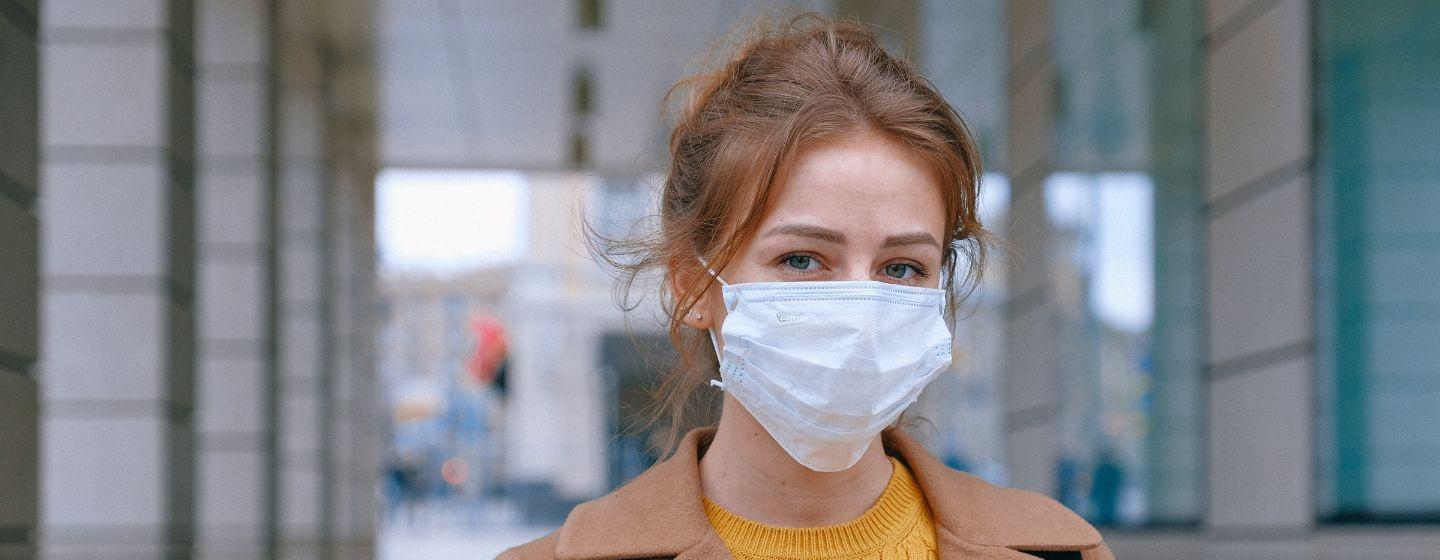What to Expect from the Coronavirus This Fall


It may seem hard to believe, but the fall/winter of 2023 will be our fourth with COVID-19 and the first without a public health emergency in place.
COVID is like the unwanted houseguest who just refuses to leave. Just when you think life is returning to normal, everything becomes unsettled again.
So where are we with SARS-CoV-2, the virus that causes COVID?
“One thing we’ve learned over the past few years is that this virus isn’t a seasonal virus like the flu. It is with us constantly,” said Dr. David Montefiori, director of the Laboratory for HIV and COVID-19 Vaccine Research and Development at Duke University Medical Center in Durham, at a media briefing. “We’re no longer in a period where we have a single dominant variant that is circulating. We have multiple variants circulating.”
There has been a steady increase in COVID-19 cases since July. It’s the same pattern that has been seen since the pandemic began. Nationally, thousands of people with COVID-19 are being hospitalized each week, according to the Centers for Disease Control’s COVID data tracker. It’s tough to get a close look at what is happening in communities because states are no longer required to report new cases after the U.S. public health emergency ended in May.
While the number of cases is increasing, the worst of the pandemic is behind us, primarily because everyone at this point has some sort of immunity against SARS-CoV-2.
It’s called hybrid immunity. That means that most people have either been infected once or multiple times with COVID and survived, been vaccinated and boosted against COVID or been vaccinated and still got COVID.
That provides a higher level of immunity against the virus. Obviously, it’s not preventing people from getting infected or reinfected, but it’s helping to reduce the severity of those infections.
But here’s the problem, the virus is still with us.
“We have people in the hospital right now with COVID, and we still have people die of COVID,” said Dr. Cameron Wolfe, infectious disease specialist at Duke Health. “This is still orders of magnitude larger than flu, and we should view that as unacceptable. COVID is less of a problem than it was, but people are still dying, people still get long COVID, it is still disruptive to family and scheduling and all the rest.”
Like all viruses, SARS-CoV-2 continues to mutate.
Public health officials in the U.S. and around the world are tracking a new Omicron variant designated BA.2.86. It has been found in several countries and in the U.S.
“This new variant, BA.2.86, differs from other variants by about the same extent that Omicron was different from earlier variants,” explained Dr. Montefiori. “It’s a major leap in terms of the additional mutations it has in its proteins. It’s very reminiscent of when Omicron first appeared and the problems it caused. There are concerns it could be better at evading our immune responses.”
The new COVID booster released this fall does not target the new variant as there wasn’t enough time to formulate that strain into the new vaccine. However, it will target the original COVID strain and XBB, a highly contagious Omicron subvariant that circulated last fall and into this year.
“I think we have two aims when we vaccinate patients, and it’s exactly the same with the flu vaccine and the new COVID vaccine,” Wolfe emphasized. “First, does the vaccine substantially reduce the number of infections that are occurring, and the guidance says the vaccine is still highly effective. But the second point is the hammer-home point to make. Even if you happen to get the flu or COVID, the vaccine can turn what would have been a hospitalizing-requiring severity of illness into something you can manage at home.”
Bottom line: even though the vaccines aren’t tailored for the new variant, BA.2.86, they still offer some protection from it. That’s because even if the antibodies generated by the vaccine aren’t a perfect weapon against a variant, the shot will help develop T-cell immunity, which helps prevent severe illness.
“Vaccines are our best pathway to avoid those problems, and happily for many decades we have accepted that as a truism for influenza, so how do we not view the COVID vaccine through the same lens,” adds Wolfe.
Here’s the worry.
Current CDC (Centers for Disease Control) statistics show that only 17% of eligible Americans got the bivalent boosters last year. That means that most of the people in the United States haven’t been boosted in over a year.
“It’s clear the immunity to this virus wanes over time, so the best thing people can do to maintain a normal way of life is to continue to get their booster shots,” said Dr. Montefiori. “People can wear masks if they believe that’s important, they can avoid exposure to large crowds if that makes them feel more comfortable.”
“But the best advice is getting a vaccine,” added Dr. Montefiori. “And the good news is the booster shots are working.”